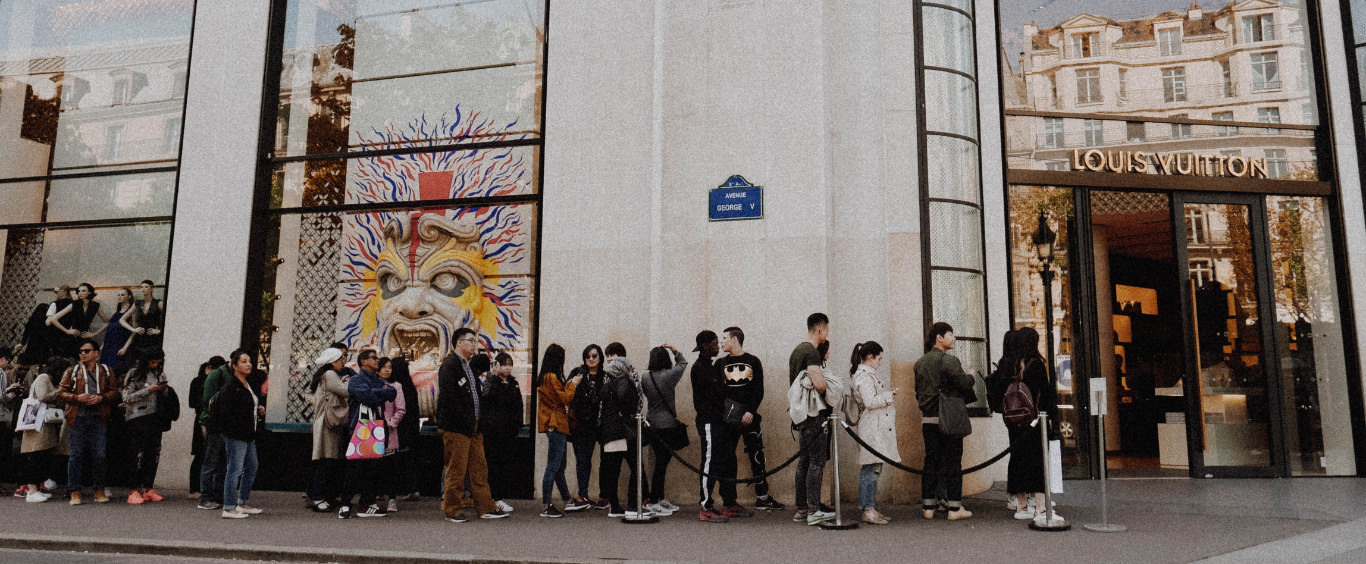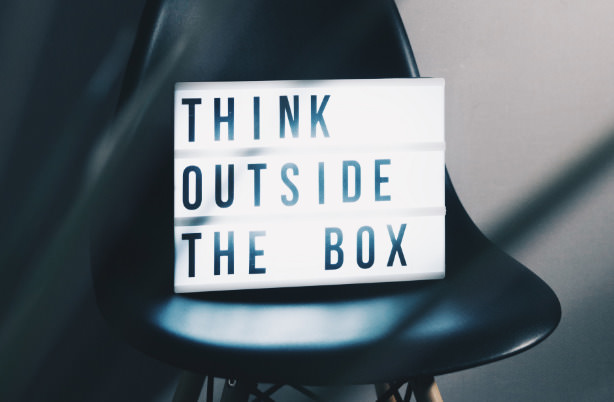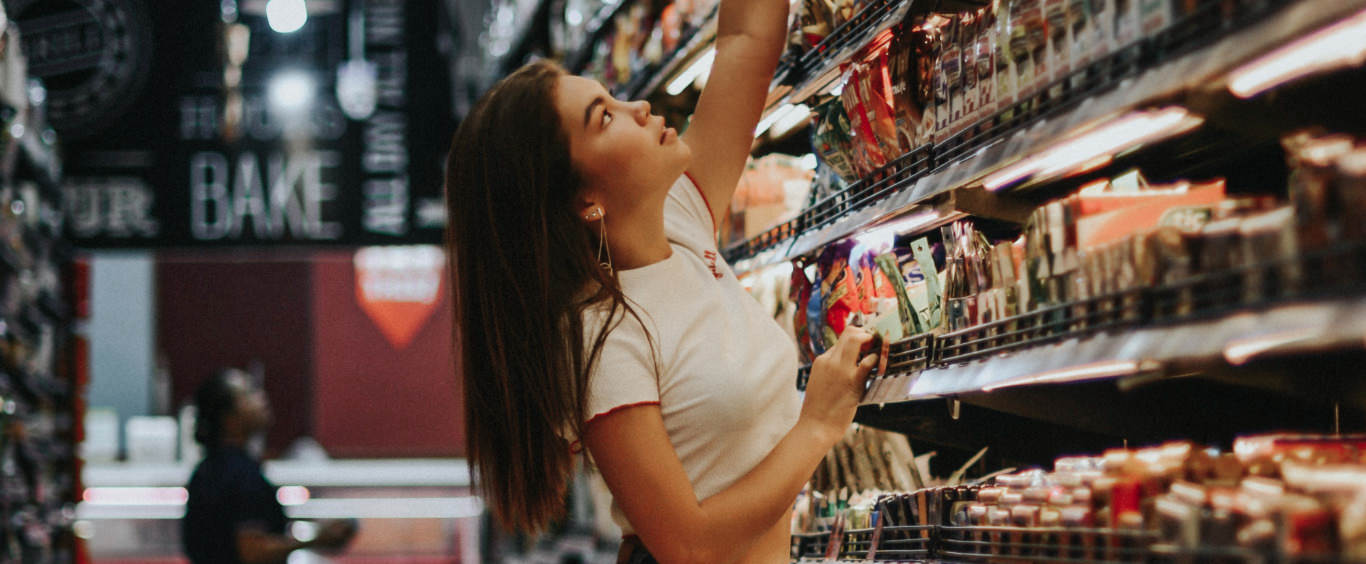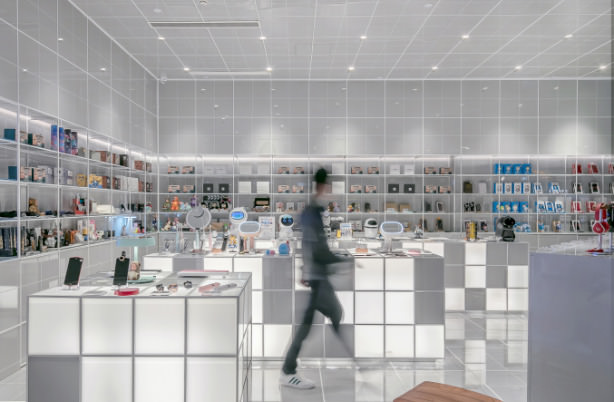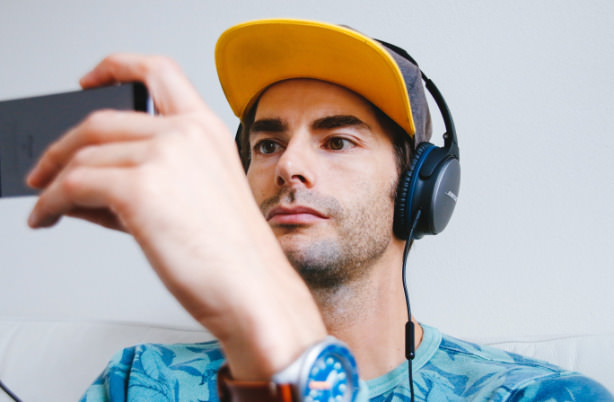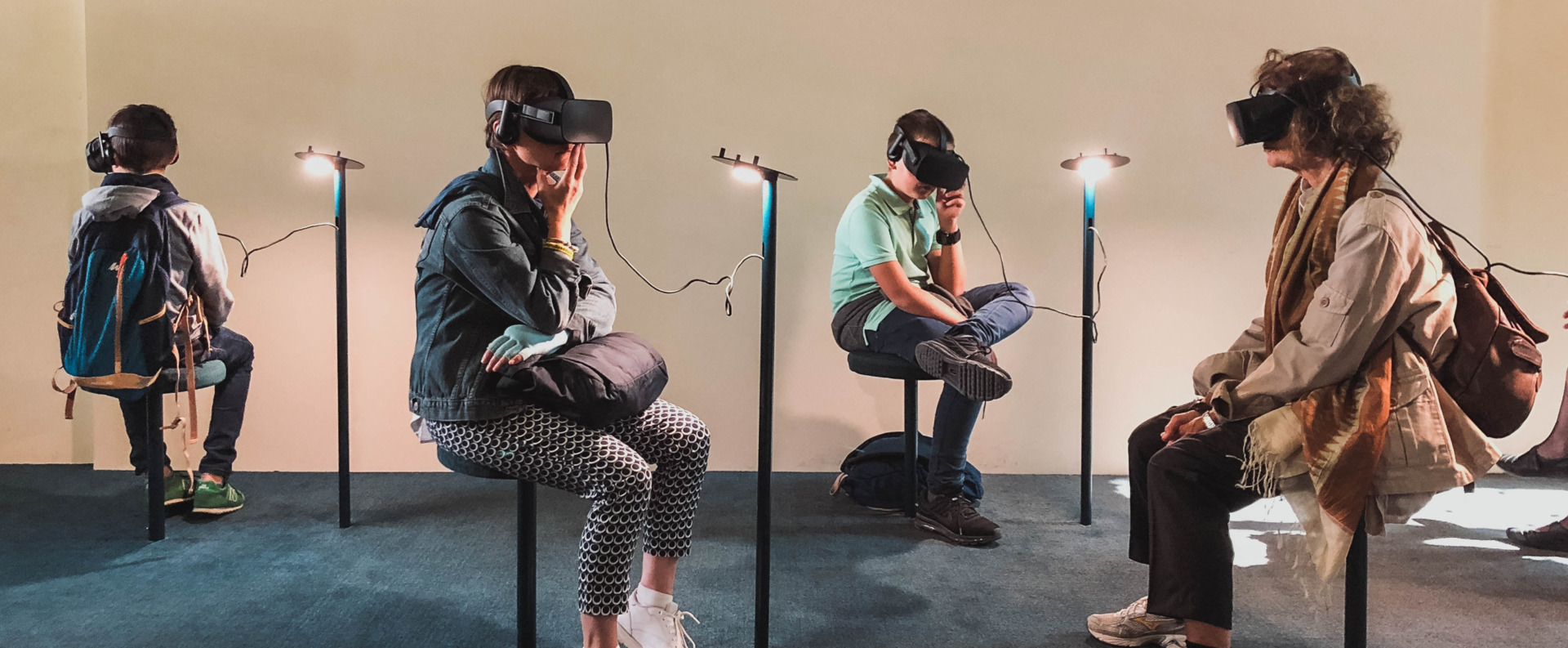Why Mobile Ethnography Beats Big Data in Capturing the “Why”
In over 20 years of working with some of the world’s most valuable companies and recognized brands, Fabric founder Tom Bassett has learned that mobile video surveys are the best way to capture a consumer’s emotions and authentic insights into how they make decisions.
The human mind is complex, and when it comes to making key decisions for your organization— whether in launching a new product or crafting messaging for an ad campaign— the goal is to dive deep into the mind of the consumer. Big data can give you the “what,” but it pretty much stops there. It’s important to uncover the “why.” Why do consumers feel a certain way? Why do they make decisions?
This is where mobile video surveys come in. When people record their responses on video, letting you peek into their cabinets, closets, and pantries, you’ll both hear and see the deep layers of “why.” First-person accounts provide the rich qualitative data you need. You’ll see it for yourself; when you go back and watch the videos, gleaning insights and analyzing results, you’ll notice that major cues often lie in the most subtle places.
Plus, video is a great tool for presenting your findings back internally. You’ll get your colleagues’ attention, and it’s an effective way to share the authentic human story, capturing sight, sound, and motion, and fostering empathy with consumers. It’s worth it to take the time to curate a “findings” reel to include with your presentation; it really takes things to the next level.

